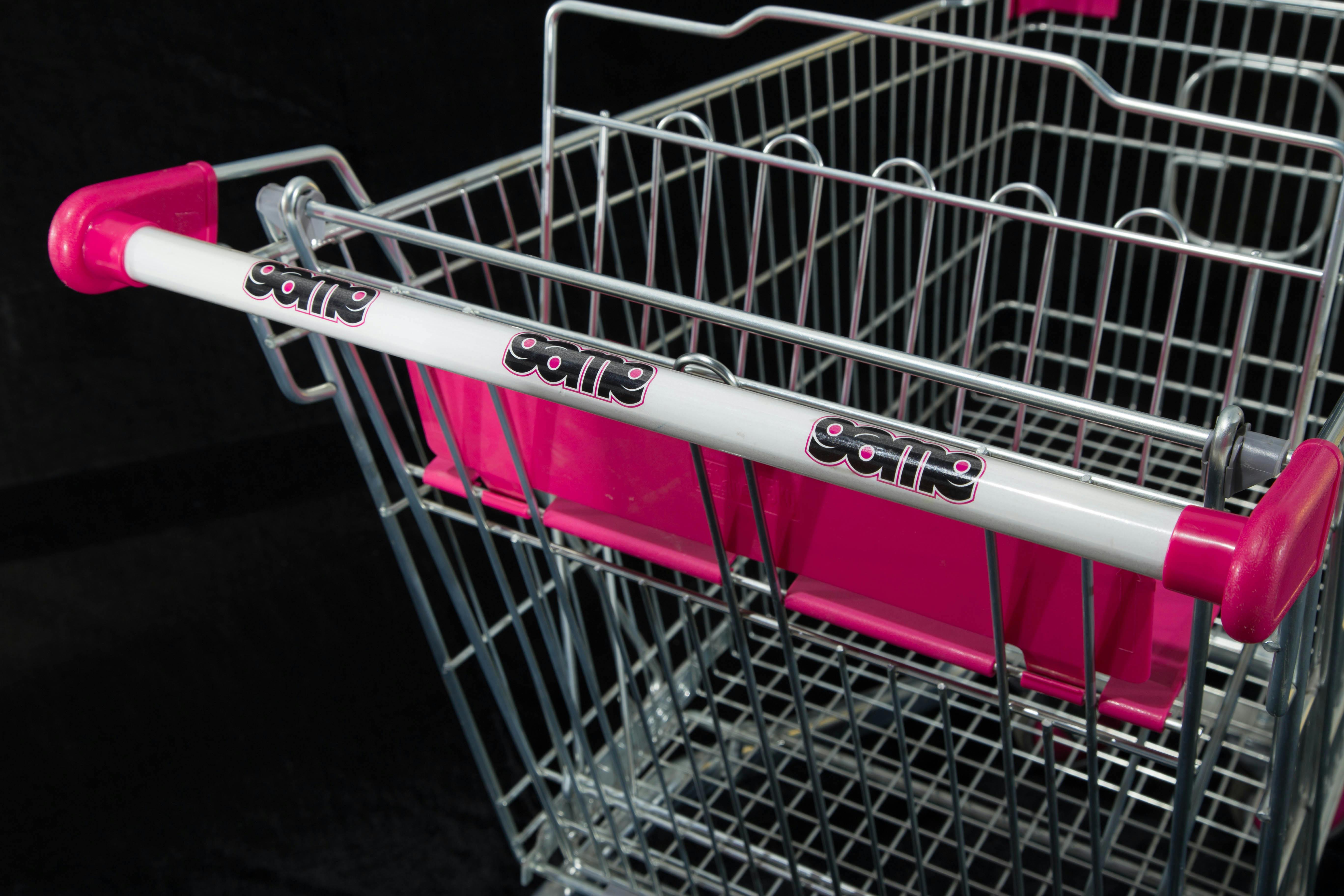Essential Guide to Caring for African Violets in 2025

Essential Guide to Caring for African Violets in 2025
Caring for African Violets can be a rewarding experience for plant enthusiasts of any level. Understanding their unique requirements is key to ensuring these beautiful plants thrive in your home. African Violets (Saintpaulia) are cherished for their stunning flowers and diverse varieties, making them a perfect indoor plant choice. As we explore the fundamentals of African Violet care, you'll discover essential tips that cover everything from watering and light requirements to pest management and propagation techniques.
This article serves as a comprehensive roadmap for African Violet care in 2025, focusing on the latest insights and practices. You'll learn how to recognize signs of poor health, select the right supplies, and maintain optimal growing conditions. With the right knowledge and strategies, you can enhance your indoor gardening experience and enjoy flowering African Violets all year round.
Key takeaways from this guide will enable you to create a nurturing environment, avoid common mistakes, and troubleshoot issues effectively. Let's dive into the essential elements of caring for African Violets and unlock the secrets to successful indoor gardening!
Understanding African Violet Soil Requirements
Choosing the right soil is fundamental to your African Violet's growth and vitality. Proper soil not only aids in water retention but also provides the nutrients these plants require. African Violets thrive in a well-draining potting mix that allows aeration for their delicate roots.
Optimal Soil Mix for African Violets
The ideal soil mix should include a blend of peat moss, vermiculite, and perlite or coarse sand. This combination provides excellent drainage while retaining enough moisture to benefit the plant. Avoid using regular garden soil, as it can become compacted and hinder root growth.
Choosing the Best African Violet Pots
Container selection plays a pivotal role in soil health. Opt for pots with drainage holes to prevent overwatering, which is a common issue among African Violet caretakers. Self-watering pots can also ensure consistent moisture levels, enhancing growth.
Repotting Techniques for African Violets
Repotting African Violets is essential for maintaining healthy growth. Generally, it should be done every 6 to 12 months, depending on the plant's growth rate. When repotting, gently remove the plant from its old pot, taking care to minimize root disturbance. Place it in fresh soil and a slightly larger pot to facilitate further growth.

Establishing Light and Temperature Conditions
Light and temperature are critical factors impacting the health of your African Violets. These plants thrive in bright, indirect light, which mimics their natural habitat. Understanding how to position your plants correctly will ensure they flourish.
African Violet Light Requirements
African Violets prefer bright, indirect sunlight. Placing them near a window with filtered light or using grow lights specifically designed for plants can optimize blooming. Avoid direct sunlight, as it may scorch the leaves.
Temperature Needs for African Violets
Maintaining an ideal temperature range of 70-80°F during the day and 65-70°F at night will encourage healthy growth. Temperature fluctuations can lead to stress in plants, potentially causing leaf drop or wilting.
Humidity Levels for African Violet Care
These plants thrive in higher humidity levels—ideally around 50-70%. Using a humidity tray, misting the leaves, or placing a humidifier nearby can help achieve optimal conditions. Monitoring your indoor climate can lead to a more thriving African Violet.
Caring for African Violet Watering and Fertilization
Effective watering techniques and proper fertilization are vital for healthy African Violets. Understanding their needs can prevent issues such as overwatering and nutrient deficiencies.
African Violet Watering Tips
Watering African Violets should be conducted when the soil feels dry to the touch. Use room temperature water, and avoid getting water on the leaves to prevent common issues like leaf spots. Consider using the bottom watering method, where you allow the plant to absorb water through the drainage holes.
How to Fertilize African Violets
Regular fertilization is crucial for vibrant blooms and healthy foliage. Use a balanced, water-soluble fertilizer specifically formulated for African Violets at half strength every 4–6 weeks during the growing season.
Signs of Overwatering African Violets
Recognizing signs of overwatering can save your plants from damage. Look for yellowing leaves and wilting, which may indicate root rot. If you suspect overwatering, reduce the frequency of watering and allow the soil to dry out before rewatering.

African Violet Pruning and Propagation Techniques
Pruning and propagating African Violets can help maintain your plants’ health and encourage new growth. These practices are also rewarding and allow you to expand your collection or share with friends and family.
Pruning African Violet Leaves
Regularly removing dead or damaged leaves can help improve airflow and allow your plant to direct energy toward new growth. Use clean, sharp scissors to trim leaves at the base, being careful not to damage the crown.
How to Propagate African Violets from Leaves
Propagation is often done using healthy leaves. Cut a leaf with a small stem, place it in water or soil, and maintain humidity. After several weeks, roots will develop, and you can transplant the new growth into a pot.
Common African Violet Problems and Solutions
Identifying issues early on can make a significant difference. Common problems include pests like mealybugs and diseases such as root rot. Implementing effective pest management and maintaining proper care routines will minimize these challenges.
```